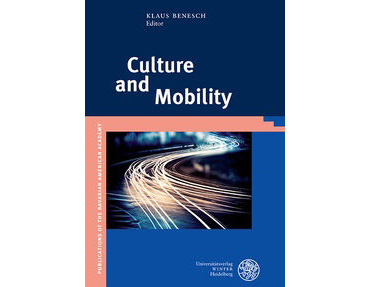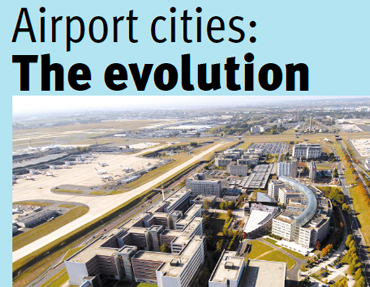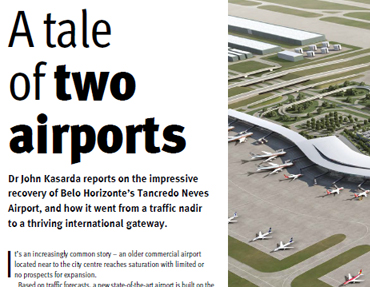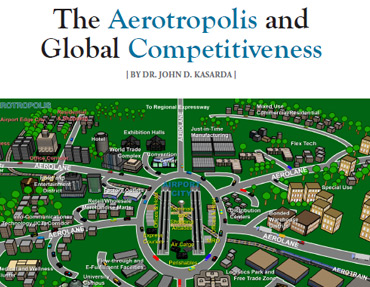Linked below are selected publications by Dr. John Kasarda addressing the basics of airport city and aerotropolis planning and development as well as articles on his work and that of Aerotropolis Business Concepts LLC. A more comprehensive set of publications can be found at www.aerotropolis.com.

China is engaged in an airport construction boom that is transforming the country. The relative financial merits of the construction boom are discussed in terms of cost and ultimate returns to local and regional economies.

Airports have become not just 21st century business magnets, but also regional economic accelerators, catalyzing and driving business development outward for many miles.

Modern commercial airports have become more than landing strips. Today they are important hubs of commerce developing on and around them.

Aerotropolis planning principles are provided to improve (1) people and logistics mobility, (2) airport area land use and community development, and (3) firm and regional competitiveness. Focus is on creating new "economies of speed" in goods and services trade through better local and global aerotropolis connectivity with coordinated business siting.

The 21st century is bringing competitive advantage to cities that understand and capitalize on the changing context of business mobility and commercial development. This context is being altered by a catalytic interaction of digitization, globalization, and aviation transforming where and the way business is conducted. It is also transforming the pace and distances that products and people routinely traverse. These dynamics have heightened competition among places as well as firms around the world

Airport City and aerotropolis development is gaining substantial traction, multiplying rapidly around the world. With cities now being built around airports, rather than the reverse, propitious opportunities await metropolitan regions that can marshal the vision, planning skills, and coordinated actions to capitalize on them.

As air transport for leisure trips, business travel and goods shipment increased rapidly over the past several decades, the emergence of airport cities has been hypothesised. Busy commercial airports may be emerging as central transport nodes in large metropolitan areas, much as ports and rail terminals were in the past, anchoring employment servicing passengers, facilitating frequent travellers and providing a spatial focus for unrelated firms. An analysis of small-area employment data for the areas surrounding 25 major US airports and the related central cities reveals the concentration of employment within 2.5 miles of these airports to be substantial—approximately half that within 2.5 miles of the central point of the corresponding CBDs—and growing. The analysis refocuses a question about the nature of spatial differentiation within metropolitan regions supporting multiple employment nodes.
See http://online.sagepub.com for full-text, as the final, definitive version of this paper has been published in Urban Studies, 50/6, May 2013, by SAGE Publications Ltd, All rights reserved. © SAGE Journals.
Stephen Appold and John D. Kasarda are in the Kenan Institute of Private Enterprise, University of North Carolina, CB 3440 Chapel Hill, 27599-3440, USA. Email: appold@unc.edu and John_Kasarda@unc.edu.

Brazil's Belo Horizonte International Airport went from stagnation to major growth success, but it took bold government decisions, and substantial investment in connecting surface transportation infrastructure.

The future of economic development is taking shape at major international air hubs that have become the anchor of an organically expanding growth strategy, the Aerotropolis

A new urban form is emerging worldwide that is shaping the competitiveness of metropolitan regions and nations. It is the aerotropolis, a city built around an airport which offers aviation-oriented firms speedy connectivity to their suppliers, customers, and enterprise partners nationally and worldwide.
Time Magazine, 2011
John D. Kasarda
John D. Kasarda
John D. Kasarda
John D. Kasarda
John D. Kasarda
John D. Kasarda
John D. Kasarda
John D. Kasarda